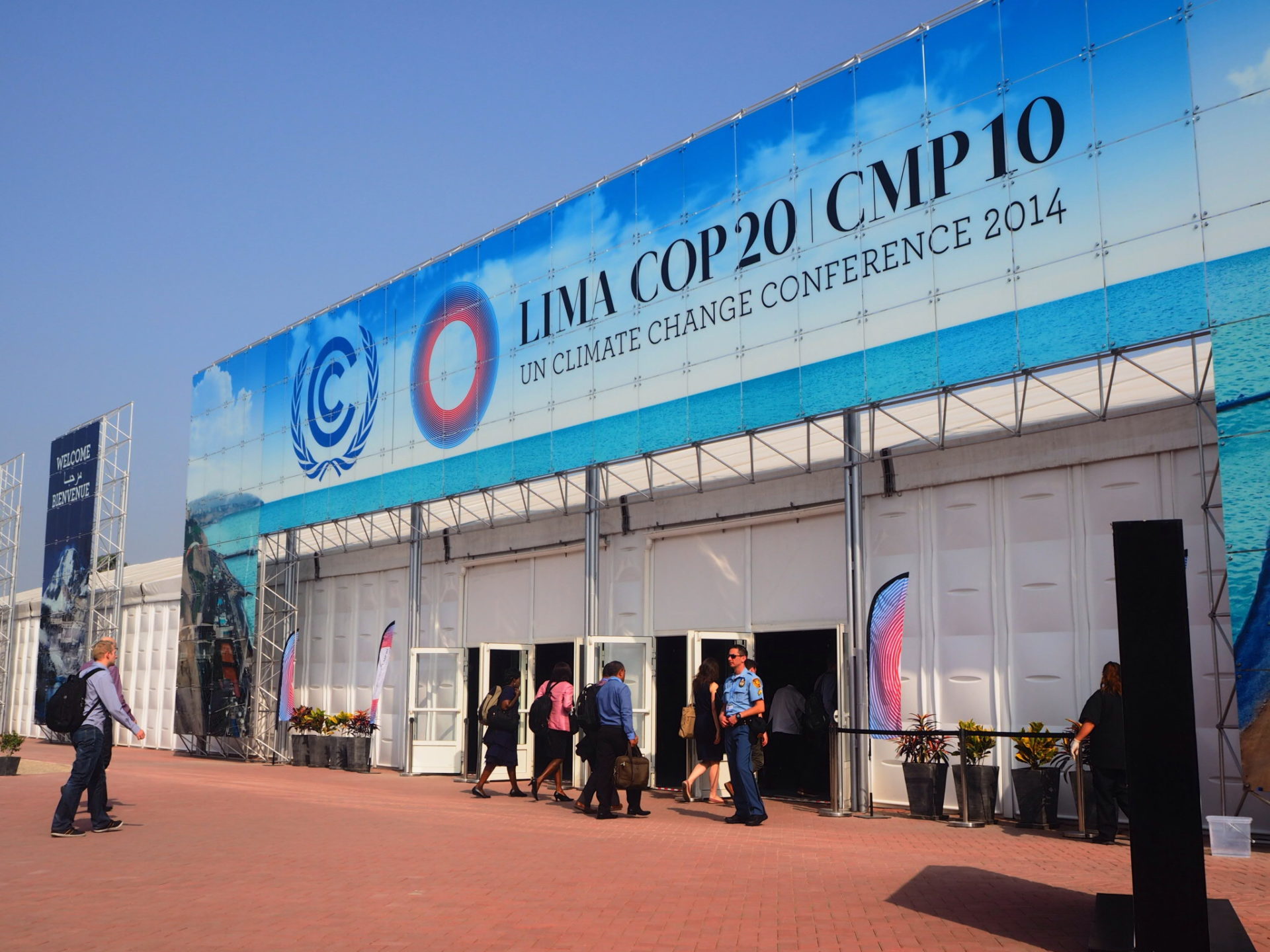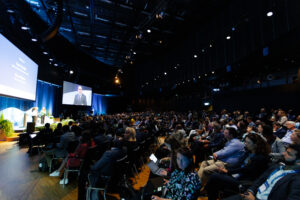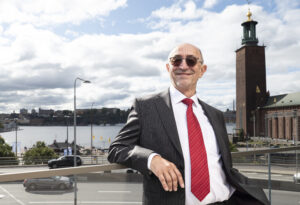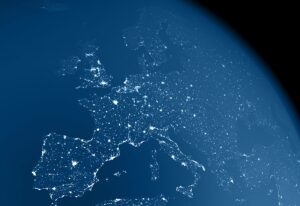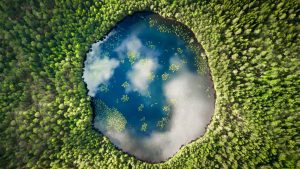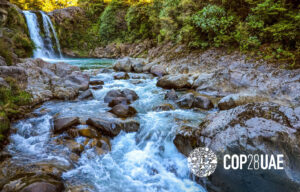The Importance of Water Sinks in During SIWI Side Events at COP20
The meeting began on a positive note after the success of the Climate Summit in New York and the recent meeting between USA and China, signaling serious commitments to act on climate change. The picture got more worrying towards the end of the second week but Lima has now ended with a first milestone towards Paris.
The last Conference of the Parties to the UN Climate Convention before the Paris summit has just finalized. After negotiating on overtime the parties have come forward with the “Lima Call on Climate Action”.
In his introductory note to one of the SIWI-led side events at the Climate Summit in Lima, the IPCC chair Dr. Rajendra Pachauri emphasized that water is critical to how we experience impacts, develop adaptation solutions to climate change and ensure climate mitigation is effective. This was echoed in both events and the press briefing organized by SIWI and the AGWA Policy group during the Lima meeting.
It is clear that since we started, a strong collaboration between different actors within the water community has emerged. A broad range of organisations and countries, including AGWA, IWA, UNECE, French Water Partnership, LEAD Pakistan, UNESCO-IHP, CI, GWP, ANA and SENAMHI Peru, CONAGUA, Sweden and France contributed to the events.
It is also evident that many negotiators now have a better understanding of the essential role water plays in sustainable long term climate solutions. “It is of fundamental importance that mitigation and adaptation efforts are dealt with in a synchronised and harmonized manner. The terms of this dialogue converge over water and energy”, said Anna Lindstedt, Swedish Ambassador for Climate Change.
This may not result in major headlines under the Paris agreement but we have made the case and opened the door for strong participation by water actors in different programmes and mechanisms of the UNFCCC, notably, the Nairobi Work Programme, the National Adaptation Plans, and the Warsaw International Mechanism on Loss and Damage and many projects funded by the Adaptation Fund. There are also other opportunities emerging as we approach 2015.
A number of speakers at side events, for example Antoine Michon, Head of Division Environment and Climate at the French Ministry for Foreign Affairs, also emphasized the importance of a coherent approach to the negotiations on the SDGs and the new climate agreement.
Overall the side events delivered strong content with high level speakers and well-chosen case studies. In particular, the event of December 10th attracted a large audience including media and negotiators.
Even if weak, the Lima Call for Climate Action is still a joint work plan towards Paris. It is promising to see that so much action is already happening on the ground and that water knowledge is already guiding much of this work. This knowledge needs to inform policy processes however, not the least the UNFCCC. This was emphasized by Ali T. Sheikh, the CEO of LEAD Pakistan and one of the keynote speakers and partners.
It is critical that we continue to pave the way for the stronger integration of water resources management in climate policy and practice. Water should be the “glue” that holds climate change mitigation and adaptation policies together.
We still have some miles to go if we are to achieve this.
